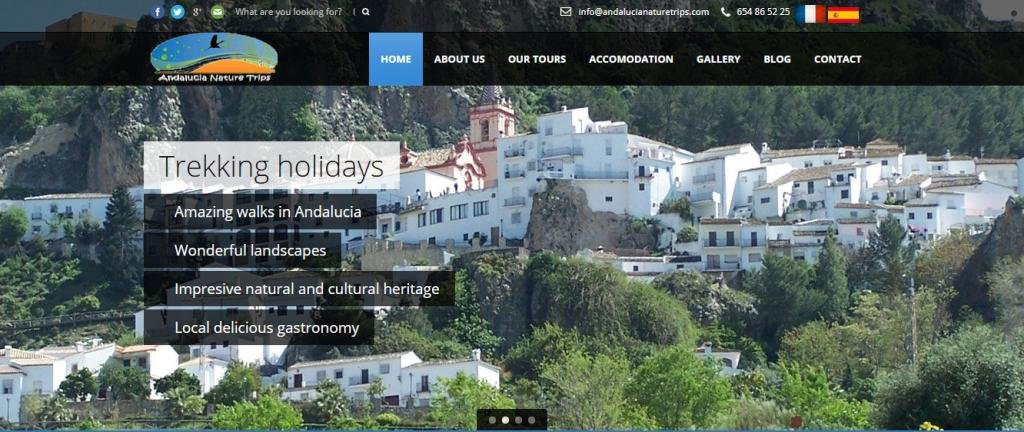Dragonflies and damselflies in Spain are extremely beautiful insects which capture the very essence of summer as they perform their intricate aerobatics around the gleaming backdrop of rivers and pools on hot sunny days. They are reasonably easy to observe and are also important indicators of the health of our wetlands, being top insect predators both as airborne adults & aquatic larvae. Heres a few lists and places for finding dragonflies and damselflies in Spain
For those with an interest in observing and photographing these insect jewels, August is definately the best month. Many people avoid Spain during the peak of summer due to the intense heat (which may be hovering around the high 30’s and low 40’s) so, you’ll have the countryside pretty much to yourself. The scent of hot pine resin, gum cistus and the baked appearance of the area is quite different from the spring wild flower season just a few months earlier and is an experience in itself.






During a few days visit in August you should expect to see around 15 species of Dragonfly and Damselfly and in some cases you may even be rewarded with upwards of 10 species in just a single location including emperors and goldenrings along with damselflies such as the beautifull copper demoiselle and Iberian blue tails…


